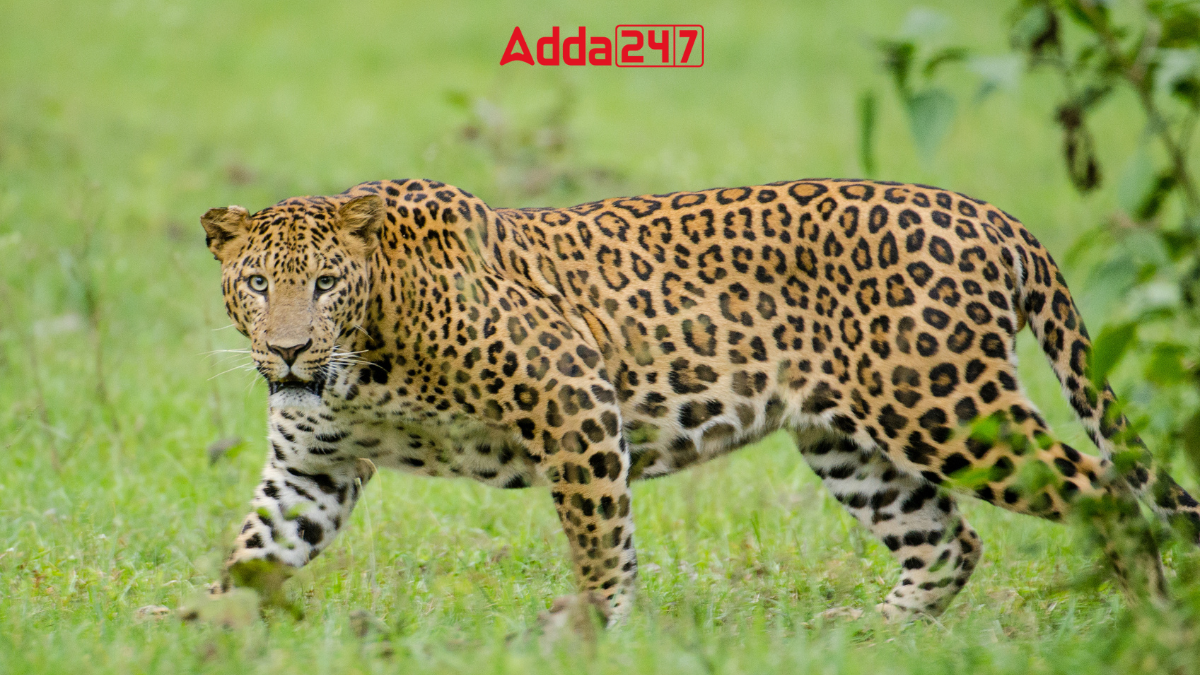India, a land of diverse states and union territories, boasts unique features in each of its regions, from varied vegetation to rich wildlife. Recently, a survey of leopard populations across India was conducted, revealing interesting data about the distribution of these magnificent creatures. Let’s explore which state in India is known as the “Leopard State.”
Leopard Population in India
According to a recent report by the Ministry of Environment, the leopard population in India has seen an increase. In 2018, there were 12,852 leopards in the country, which rose by 8% to 13,874 in 2022. This growth highlights the effectiveness of conservation efforts and the importance of preserving natural habitats.
The Leopard State of India
Madhya Pradesh, located in the heart of India, boasts the highest number of leopards in the country. This distinction has earned it the title of the Leopard State of India.
Leopard Population in Madhya Pradesh
As of the latest survey, Madhya Pradesh is home to 3,907 leopards. This is a significant increase from the 3,421 leopards recorded in 2018. The state’s diverse forests and protected areas provide an ideal habitat for these majestic creatures, contributing to their thriving population.
Other States with Significant Leopard Population
While Madhya Pradesh leads in leopard numbers, other states also have substantial leopard populations, contributing to India’s rich wildlife diversity.
Maharashtra: The Second Highest Leopard Population
Maharashtra ranks second in India for its leopard population. The state currently has 1,985 leopards, up from 1,690 in 2018. Maharashtra’s varied landscapes, from forests to grasslands, support a healthy leopard population.
Karnataka: The Third Highest Leopard Population
Karnataka holds the third position with a leopard population of 1,879. This is an increase from 1,783 leopards in 2018. Karnataka’s wildlife sanctuaries and national parks play a crucial role in leopard conservation.
Tamil Nadu: The Fourth Highest Leopard Population
Tamil Nadu ranks fourth, with 1,070 leopards currently residing in the state, compared to 868 in 2018. The state’s efforts in wildlife protection and habitat preservation have been instrumental in supporting its leopard population.




 Exploring Bondi Beach: Sun, Surf and Syd...
Exploring Bondi Beach: Sun, Surf and Syd...
 Chakrashila Wildlife Sanctuary: Location...
Chakrashila Wildlife Sanctuary: Location...
 Top-7 Oldest Palaces in India, Check the...
Top-7 Oldest Palaces in India, Check the...







